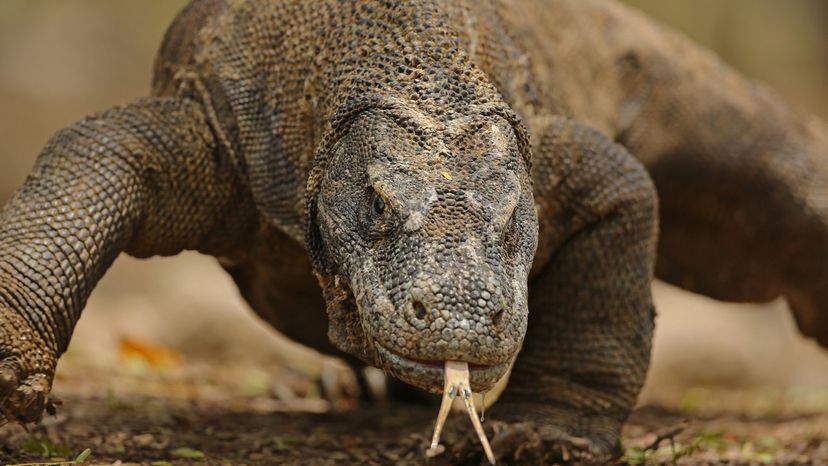
Found only in Indonesia, the Komodo dragon (Varanus komodoensis) roams the rugged terrain of islands like Komodo Island and within Komodo National Park, a protected sanctuary for these unique reptiles.
Famous for being the largest living lizards on Earth, Komodo dragons are often called "living dragons" for their awe-inspiring size and fearsome reputation. And while their size and strength are impressive, what really sets these prehistoric predators apart is their ecological role as apex predators.
Advertisement
But don't be too quick to think they're just scary monsters! This monitor lizard is a crucial part of its environment, balancing ecosystems with its hunting prowess and fascinating behaviors.